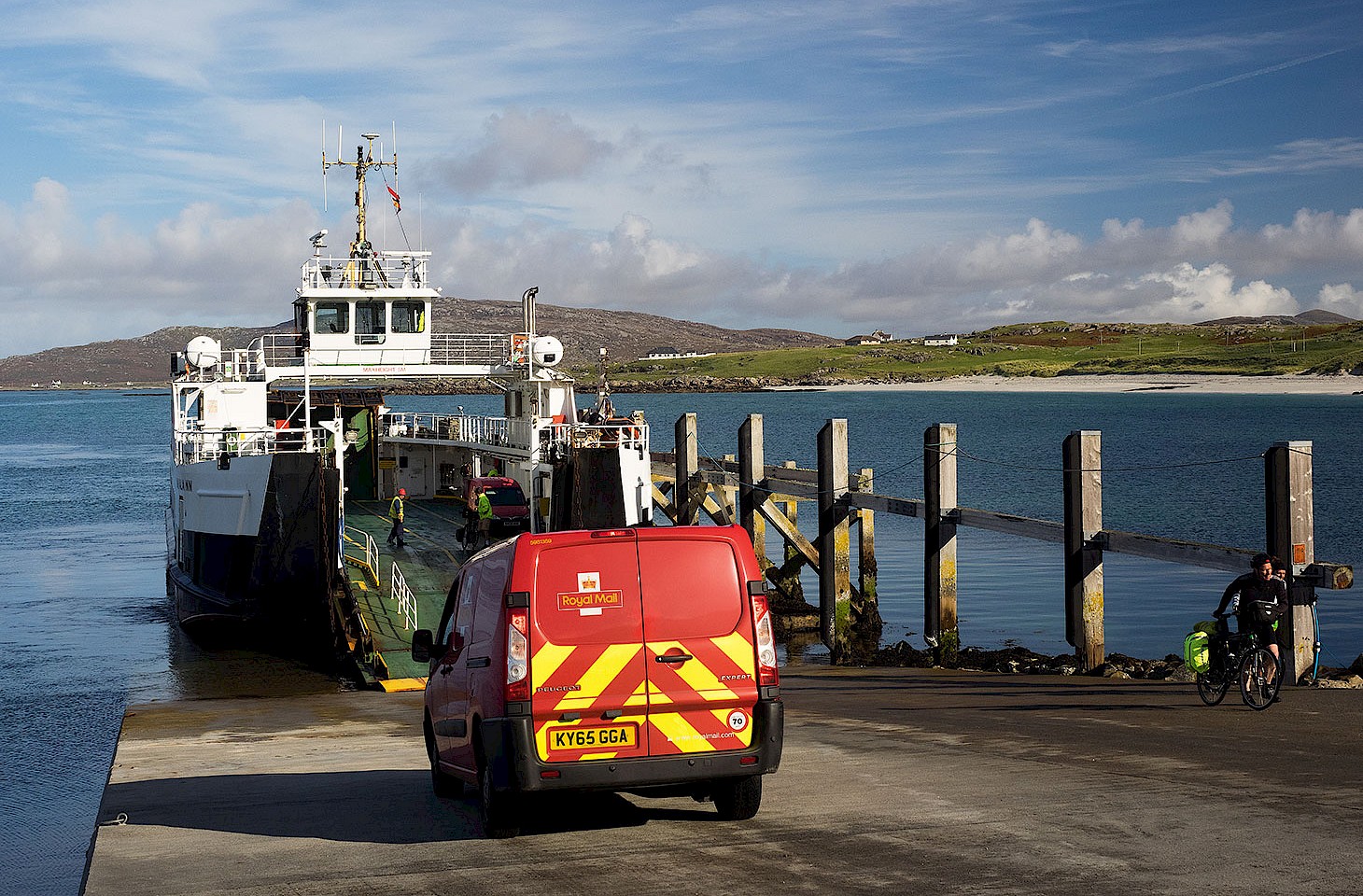It is hard to travel through central Europe without running into Goethe. That the great philosopher and poet was a perennial visitor to spa towns is well known. But he ventured forth into more rural regions too. He seems to have visited every waterfall, rock outcrop and viewpoint from Weimar to Prague and well beyond.
So as we head out to remote locations, we know and understand that Goethe will have beaten us to it. Even to the headwaters of the River Metuje in north-east Bohemia. The Metuje tumbles down from the hills which straddle the border between the Polish region of Silesia and the Czech Republic. Its waters decant into the Labe, the great river of northern Bohemia which eventually cuts through the hills into Saxony and becomes the Elbe.
The Metuje landscapes are at first sight quite muted. Well away to the west of the Metuje headwaters the topography is more striking, with the bald, rounded summits and forested slopes of the Giant Mountains attracting summer hikers and winter skiers. But in and around the Metuje Valley there’s a happy intimacy to the landscape. Wooden cottages and water mills lace the valley floor, while away to the north the hills rise up to about 600 metres on the border. On the Polish side of the frontier is the great baroque church at Krzeszów, once a Cistercian foundation but these days Benedictine and still an important destination for pilgrims.
From Krzeszów, minor roads track south into the hills — part of the Sudety range — with just one narrow tarmac lane breaching the watershed to give access to the uppermost part of the Metuje Valley. The modest summit crested by that road marks the Czech border, and the onetime frontier between Prussia and the Habsburg lands.



